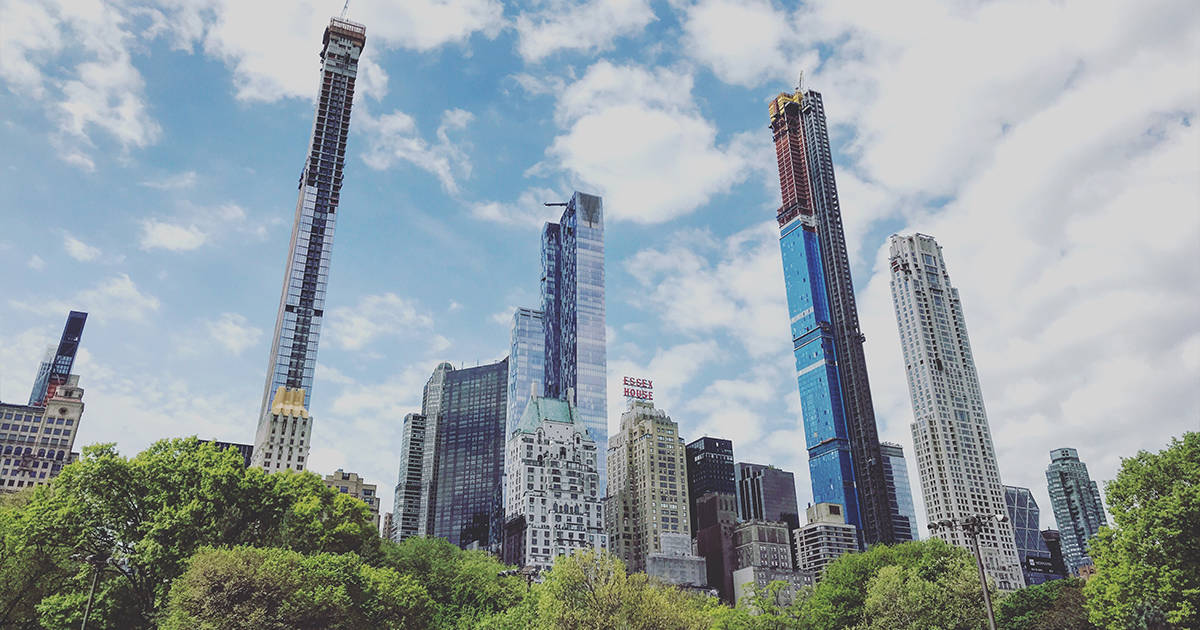Nathan Gardels is the editor-in-chief of Noema Magazine.
Something is stirring globally. In the United States, where a shameful homelessness epidemic has gripped prosperous California, Elizabeth Warren and Bernie Sanders, both of whom want to break up concentration of wealth at the top, are leading the pack for the Democratic presidential nomination. According to a recent Gallup poll, 51 percent of young people aged 18-29 have a “positive” attitude toward socialism.
In Chile this week, protestors rallying against a rise in public transportation prices torched subway stations, looted supermarkets and mimicked their counterparts in Hong Kong by seeking to block the Santiago airport. So far, 18 people have been killed. Even in Hong Kong, where demonstrations are primarily driven by fear of the erosion of the rule of law and free expression, the protracted rebellion is also fueled by rage over the wealth gap between the property tycoons aligned with Beijing and the rest.
What is fomenting this upheaval around the world is social inequality too vast to last. According to an Oxfam study, the combined fortunes of the world’s 26 richest individuals reached $1.4 trillion last year — the same amount as the total wealth of the 3.8 billion poorest people.
As former World Bank economist Branko Milanović and author of a new book, “Capitalism Alone: The Future of the System that Rules the World,” argues in an interview with The WorldPost this week, the numbers are off the charts, especially when it comes to ownership of assets.
“When you look at inequality, as measured by the Gini coefficient, comparing inequality in income from property and inequality in income from labor in advanced countries, we are talking about a two-to-one ratio,” says Milanović. “The Gini coefficient for inequality in income from property is about 90 — which means it practically cannot get any higher — whereas the Gini coefficient for labor income (before taxation) is 40 to 50. The latter is still a high number, but the difference with inequality in income from property and thus wealth is enormous.”
His research show that “you have more than 70 percent of all financial assets in the U.S. being owned by 10 percent of people. So, as you have a rising share of total income going to capital, which is a tendency in most countries since the 1990s, it naturally means that total income will tend to become more and more concentrated. The point is that with the current extremely uneven distribution of financial assets, the wealth of a country goes more and more only to the people at the top and very little percolates downward.”
Milanović goes on to argue that the countervailing institutions that tempered inequality during the industrial era are no longer fit for purpose in today’s environment. “I am skeptical about the ability of the current welfare state to play a meaningful role in the 21st century,” he says. “The forces that are pushing inequality up within rich countries — globalization, technological change — are stronger than ever. Add to that the fact that in rich countries, capital is very heavily concentrated among the wealthy, so you have a quasi-automatic transmission of inequality in wealth to inequality in income.”
“The forces that have been used in the past to address inequality — high marginal tax rates, increased levels of education to reduce the premium for highly skilled labor, trade unions — are either declining as a force (like the trade unions) or have reached their maximum. In other words, with tax rates that on average for richer people, for the affluent middle class, are already at 45 to 55 percent, you’re not going to increase that to 70 percent — or at least, people won’t like that or won’t vote for that.”
What we need today, as Milanović sees it, is “a more egalitarian capitalism, starting with endowments. And if the endowments are more equally distributed, then you’ll need less redistribution of current income.” In short, he calls for policies to “‘financialize’ the middle class — that is, to provide them with financial assets. The aim is not only to give them more of a stake in the system but also to break the strong link between the rising share of income received from capital and growing inequality. So, in my view of the world, that’s an essential thing: to lower the inequality of distribution of financial assets.”
This view closely coincides with what Nicolas Berggruen and I have written in our recent book, “Renovating Democracy: Governing in the Age of Globalization and Digital Capitalism.”
Our argument, too, is that the old welfare state is not up to the task of mitigating growing inequality in today’s economy. Rather, since digital capitalism is increasingly divorcing employment and income from productivity growth and wealth creation, the focus ought to be on fostering an ownership share by all in the wealth generated by the robots that are displacing gainful employment.
The aim is to enhance the skills and assets of the less well-off in the first place — pre-distribution — instead of only redistributing the wealth of others after the fact. We call this universal basic capital. The idea is not only to break up concentration at the top, but to build wealth from below in the very ways Milanović suggests, above all through broad ownership of shares in the intellectual property that will drive wealth creation in the future.
In the digital age, the best way to fight inequality is to spread the equity around.




